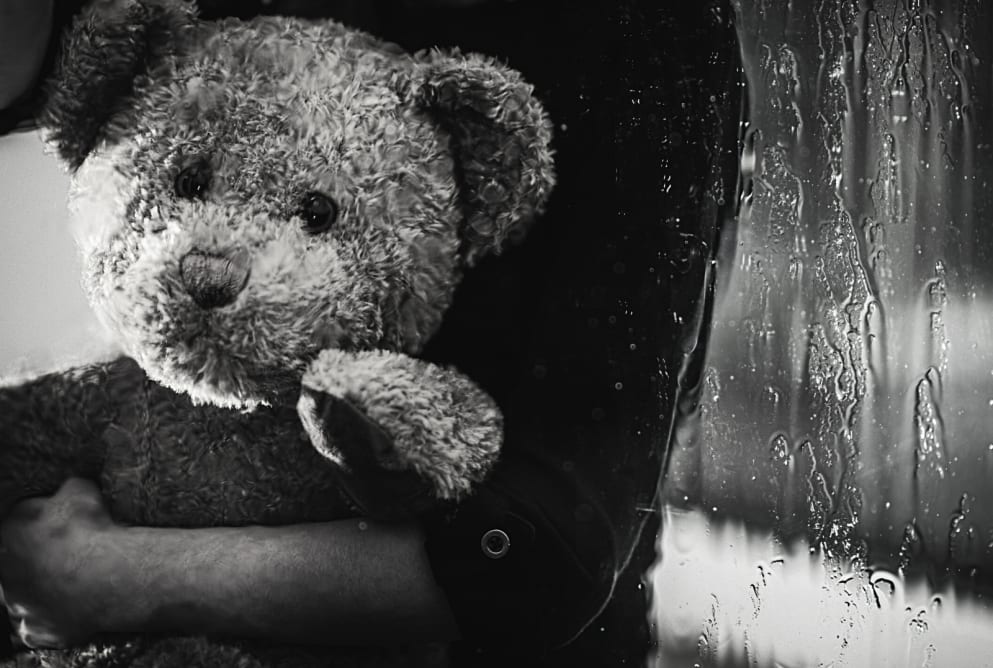It was recently revealed that a record number of children will be in temporary accommodation as we approach Christmas. It’s estimated that around 139,000 will be without a permanent address this festive season.
In this week’s blog, we wanted to make children the centre of the homelessness conversation, and look at the impact experiencing homelessness can have on a child’s development and well-being.
Mental and physical health
Without consistent access to healthcare, young people are susceptible to a lot of the same health risks as adults experiencing homelessness. Poor nutrition, a lack of access to healthcare services, and often poor sleeping patterns leave children susceptible to a number of physical health problems. This can make it very difficult to keep up regular attendance at school, not to mention being able to focus and learn when in the classroom.
Homelessness can also take a massive toll on a young person’s mental health too, with social anxiety and worry often becoming overwhelming. They may feel isolated from their peers, frustrated or angry with their situation, and nervous about how uncertain the future looks.
Interrupted education
The experience of homelessness adds a complex layer of challenges for any young person who has ambitions to finish their education.
Even if a child stays in the same school without a stable place to call home, the stress and additional worries can make it incredibly hard to concentrate and relate to classmates. The same research indicated that over 50% of school-age children experiencing homelessness have missed school as a result of their temporary accommodation arrangements. Over a third of these have had extended absences of over one month.
Taking more risks
Just like adults, when a young person is experiencing homelessness, they may find themselves taking dangerous risks to find shelter. LGBTQ+ youth are especially at risk of (sexual) violence or exploitative behaviour if living on the streets.
Drug and alcohol abuse
The same concern exists when it comes to drug and alcohol use. Substance abuse and homelessness already have a closely linked and complicated relationship, and in 2017, it was estimated around 96 teenagers a day were becoming homeless as a result of their parents’ substance abuse.
Some studies suggest that children of parents with addiction difficulties are more likely to go on to develop addictions themselves. In the case of those who have become homeless due to addiction, you can see how a vicious cycle can easily begin to form.
Prevention is better than the cure
According to Action for Children, young people who experience homelessness are more likely to experience it again as adults. That’s why it’s so crucial to break that cycle as soon as possible and do it in a way that’s long-term and sustainable, as opposed to moving families and young people from one temporary placement to the next.
At Simon on the Streets, we’re committed to giving hope to those going through homelessness in West Yorkshire, including children and young people. If you’d like to help keep our outreach team out in the community, you can donate to the Simon on the Streets Christmas Appeal here. Alternatively, please contact us if you’d like to get involved in fundraising in your own way - we love to hear your ideas!
